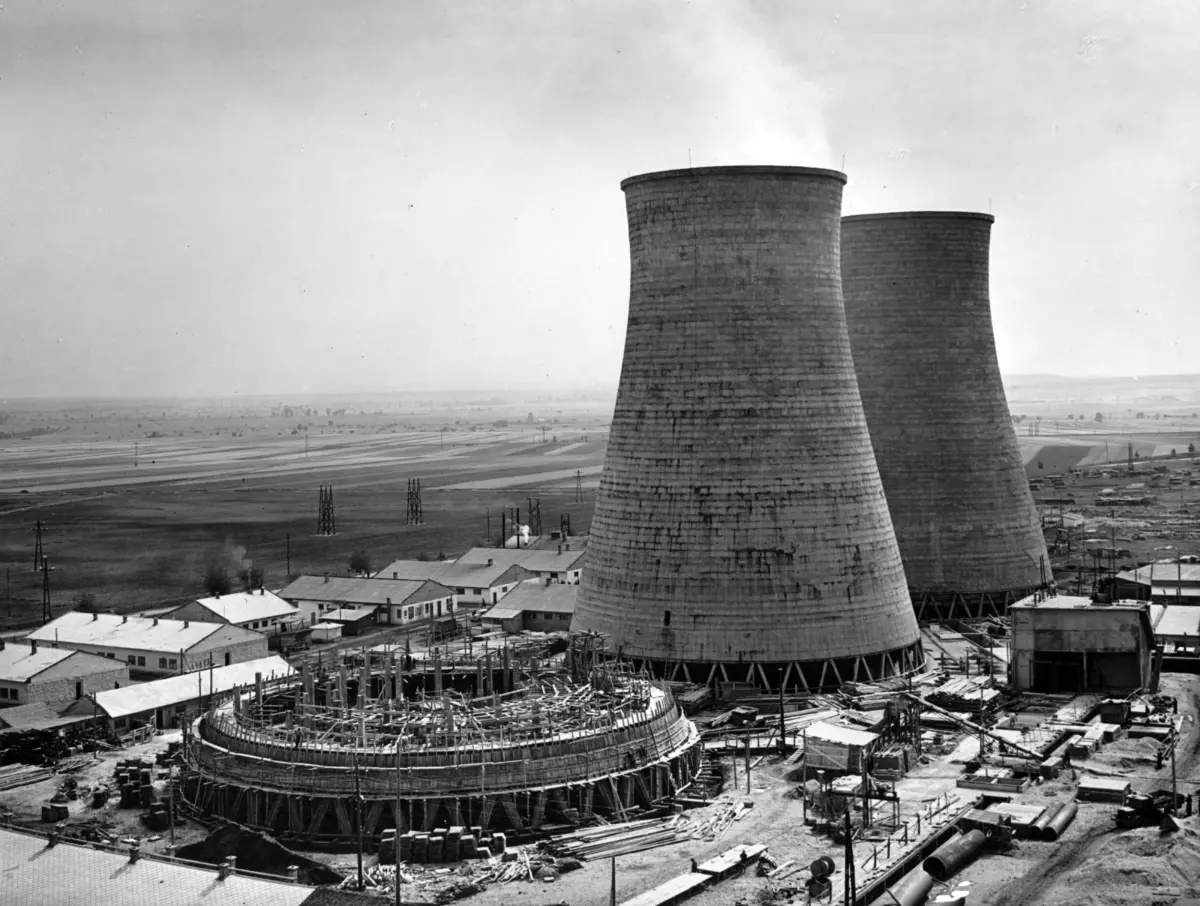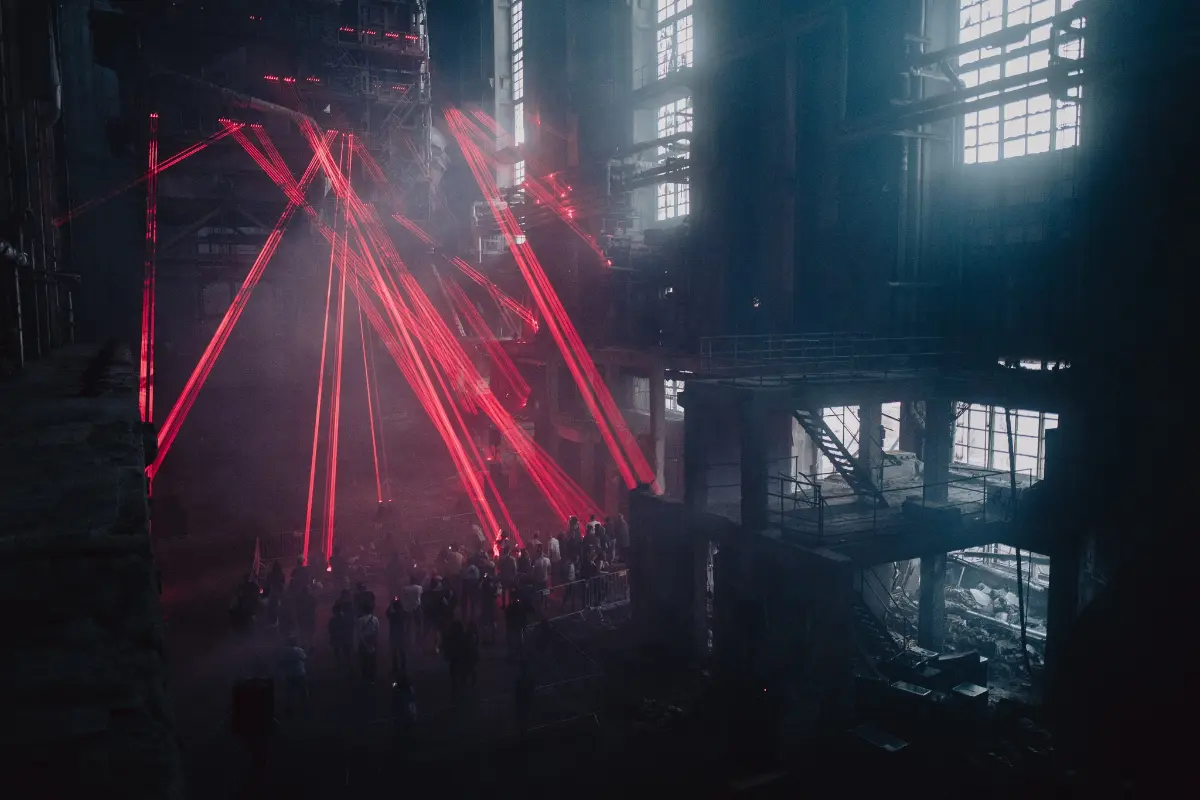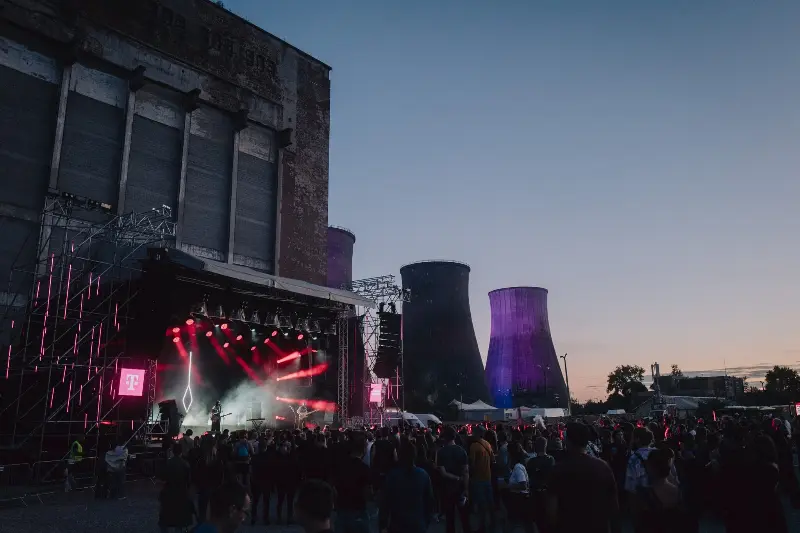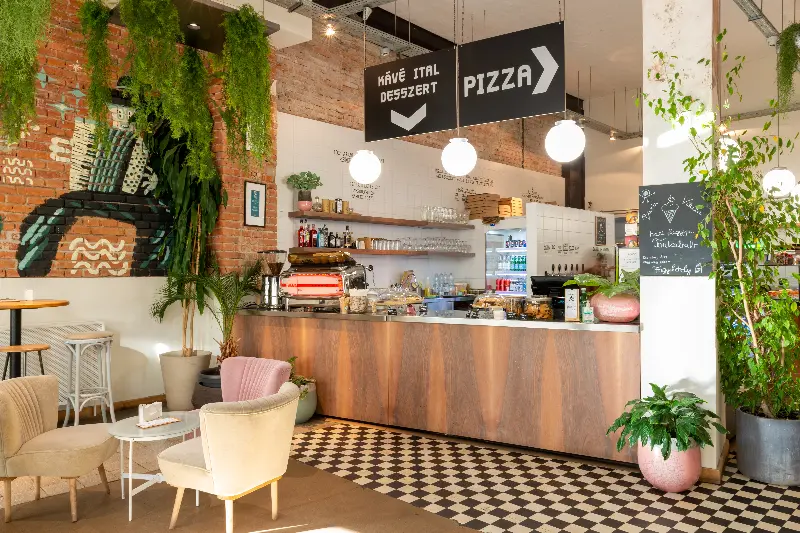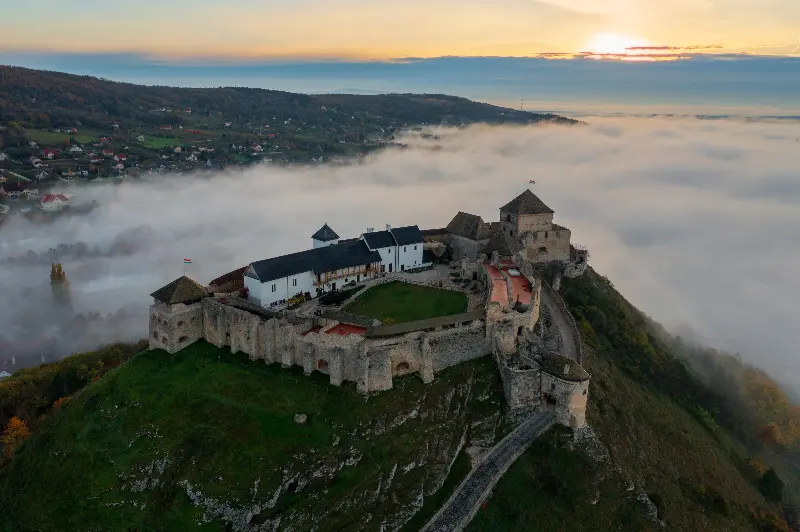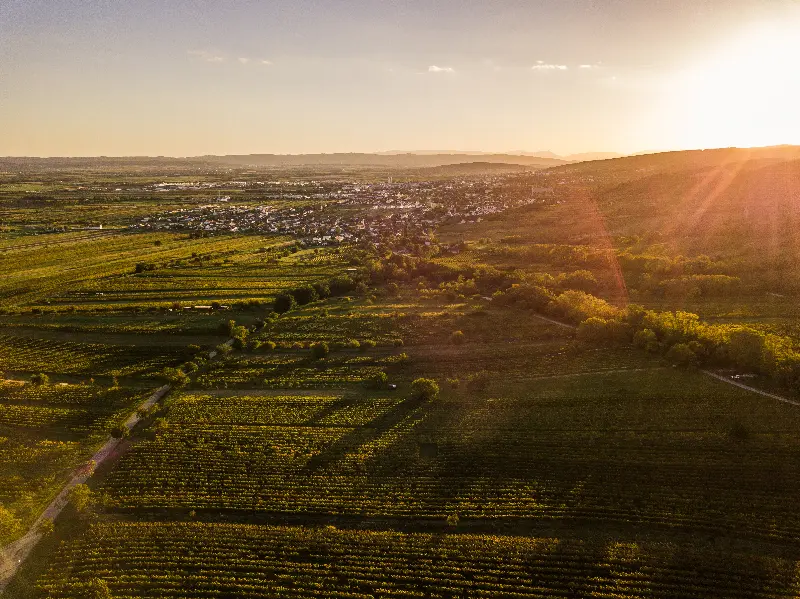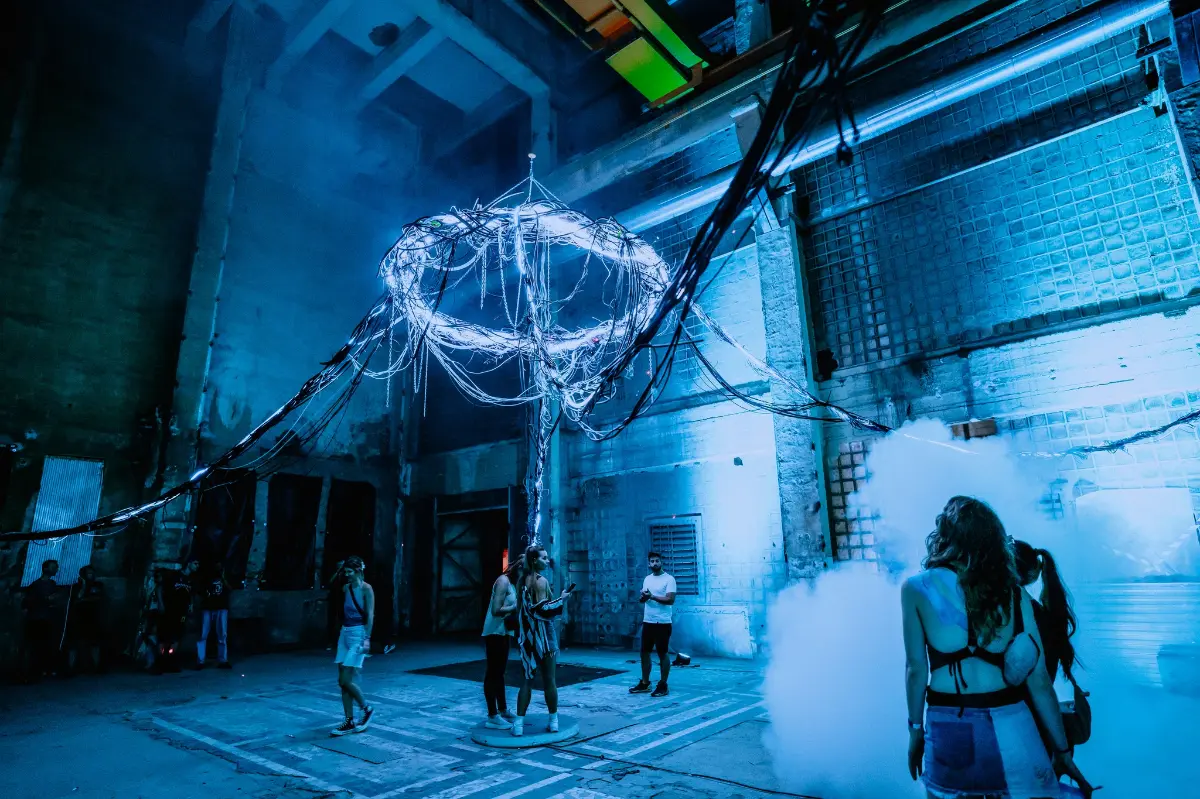
Helyszín címkék:
Special and divisive socialist realist buildings in Hungary
Szabó Sára
The impact of social realism and social modernism: a level of nostalgia
Certainly, few people feel exalted when the architectural legacy of socialist realism is mentioned. The Kádár cubes in the villages, the concrete slides on playgrounds, monumental decorative elements, socialist realist housing estates and rural cultural centres still live on in the memory and even in the present of many, tangible. We can say that the official architectural trend of the 1950s, socialist realist and late modern architecture, did not produce any truly attractive, lovable buildings. In this historically charged era, buildings were characterized by monumental forms, strict symmetry, classical architectural elements – columns, reliefs, statues – and the use of modern materials and techniques. In addition, they strongly proclaimed the glory of socialist society and the leading role of the working class, all while distancing themselves from Western models. After the 1956 revolution, the style increasingly faded into the background, but nowadays, these buildings with their unique aesthetic value are receiving increasing attention, and they are even being granted monument protection, as they are part of our built heritage and history. Let's go on a country tour and discover them!
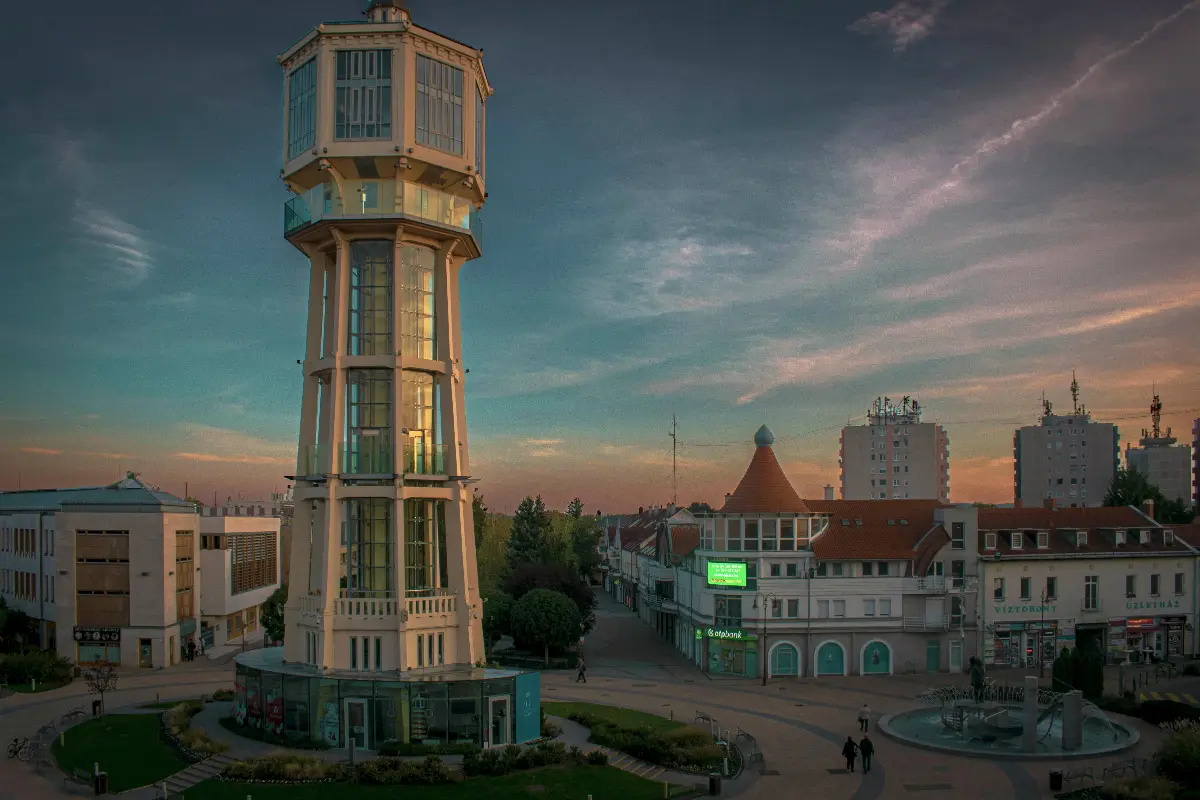
Water-tower in Siófok
Although the water tower in the heart of Siófok was built in 1912, it was renovated in the modernist spirit of the 1970s. During the reconstruction at that time, the 41.3 m high tower was enriched with industrial and brutalist architectural elements, but unfortunately it lost its original function at that time and stood empty for decades. About 30 years later, its interior was rebuilt, and in 2012 it underwent a complete renovation. The building was enriched with two observation elevators, larger windows and a wider observation terrace. Today, the water-tower houses a two-story exhibition space: the panoramic lift takes visitors up to the Imre Varga permanent exhibition, from where you can approach the second, local history exhibition via a spiral staircase. The icing on the cake is the breathtaking panoramic view from the observation terrace, which everyone who comes to Siófok should see!
Although the café no longer operates in the water-tower, you can enjoy delicious pastries and coffee nearby at Café Spirit, which offers allergen-free delicacies, or at Kovászvirág Pékműhely, which offers sourdough bakery goods.
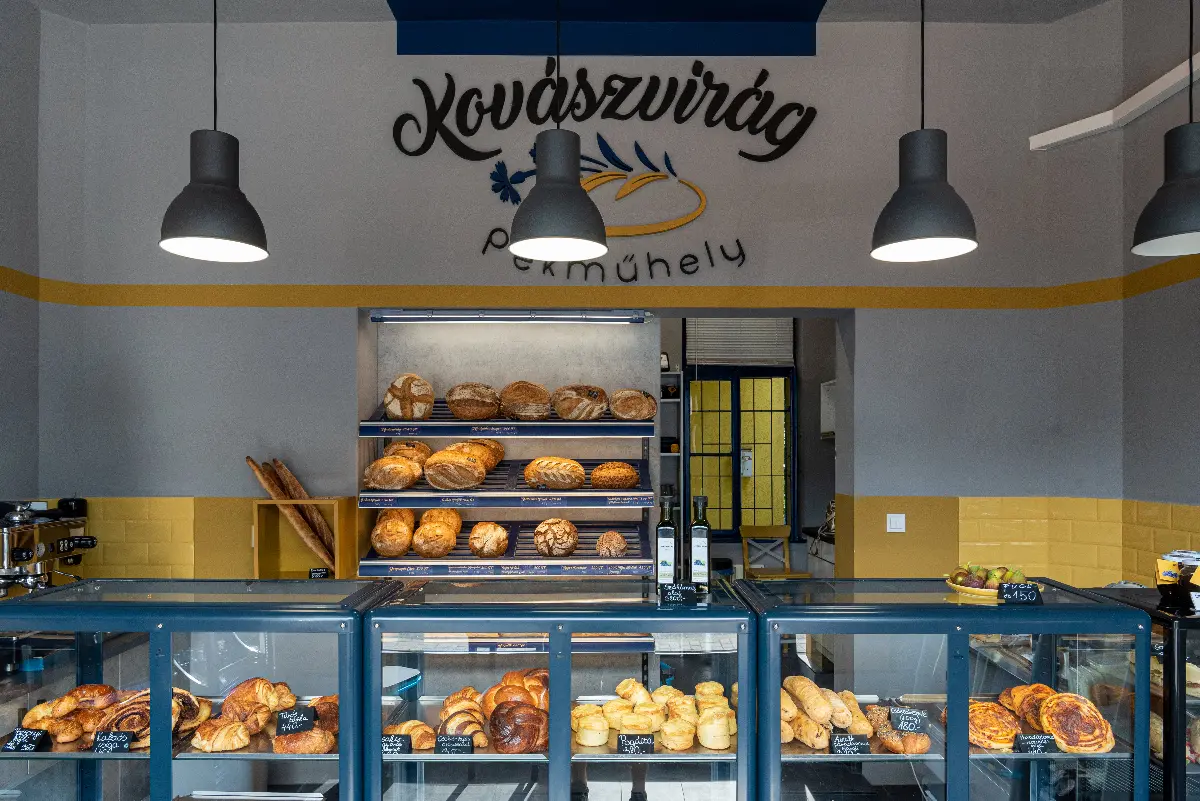
Railway Station in Győr
The railway station in Győr, built in the 1950s, is one of the most significant rural junctions, which was also rebuilt in the socialist realist style based on the designs of János Dianóczky and József Éhn. The main building's huge, symmetrical facade, ornate reliefs and spacious lobby all reflect the monumental approach of the era. The interior of the station also carries the same aesthetics, its high-ceilinged waiting room and its metal-glass structure hall are an outstanding example of socialist architecture. The building has been transformed several times since then, but it has preserved its basic stylistic features, and today it is still one of the central junctions of Győr and the region.
If you stayed with the nostalgic discovery, not far from the railway station you will find the coffee heaven run by János Németh for several decades, the Kapucziner Artisan Coffee Roaster, where you can taste 50 types of excellent single origin coffee from all over the world, but we will tell you that according to the locals, the low-caffeine, chocolate-hazelnut Guatemalan is one of the most delicious.
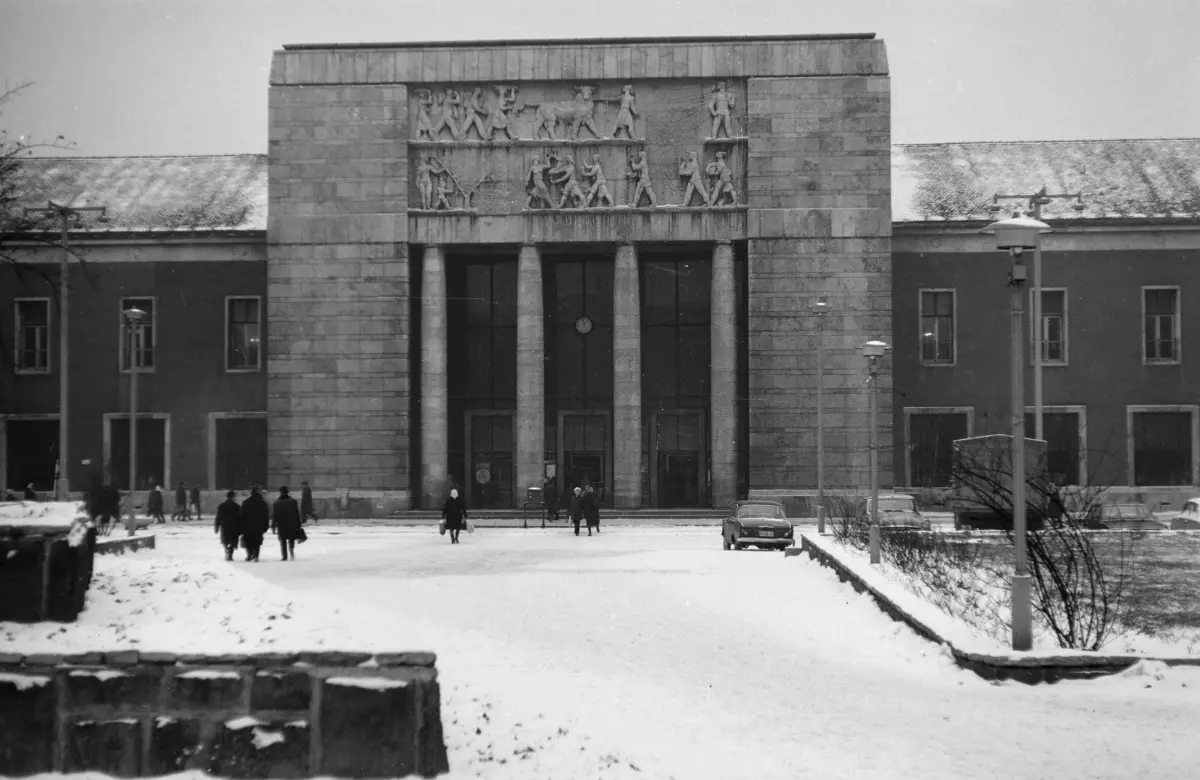
Thermal Power Plant in Inota
The former Thermal Power Plant in Inota, formerly 7 November Thermal Power Plant, is one of the most iconic buildings of Hungarian industrial heritage. With its enormous size, monumental structure and strong industrial aesthetics, the facility was a defining example of the large industrial investments of the 1950s. The building, which represents a partly socialist realist and partly industrial modernist style, supplied electricity for about half a century, before being permanently closed at the end of 2001. Due to the unique atmosphere and post-industrial aesthetics of the building, it has also served as a location for numerous film shoots, among others, the film Blade Runner 2049 also was made here.
An interesting fact is that the deteriorating industrial environment hosted an electronic music festival as part of the Veszprém-Balaton 2023 European Capital of Culture Programme. The INOTA Festival filled the power plant’s spaces with contemporary light installations, electronic music events and visual art exhibitions. The brutalist and industrial atmosphere of the power plant provides a special venue for alternative art projects, but the event’s undisclosed goal is the long-term revival of the Inota Thermal Power Plant.
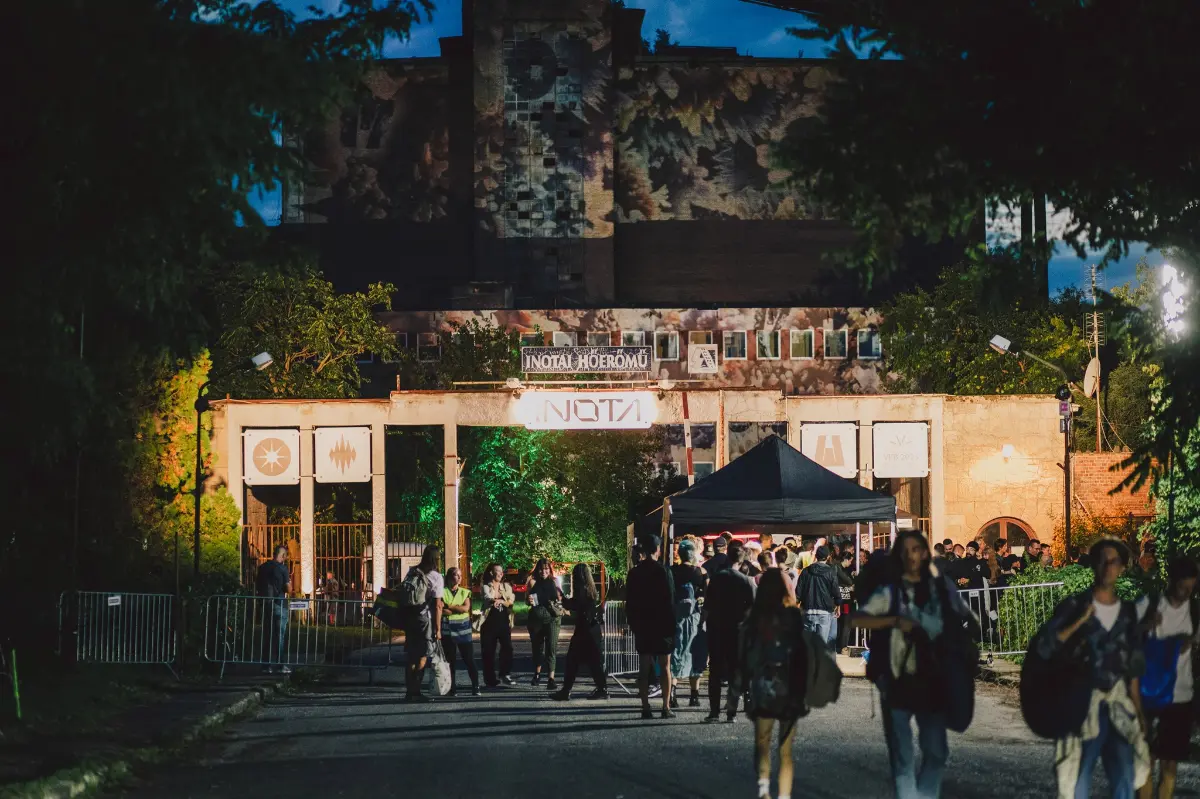
Photo: Fortepan.hu, Inota Festival Facebook
